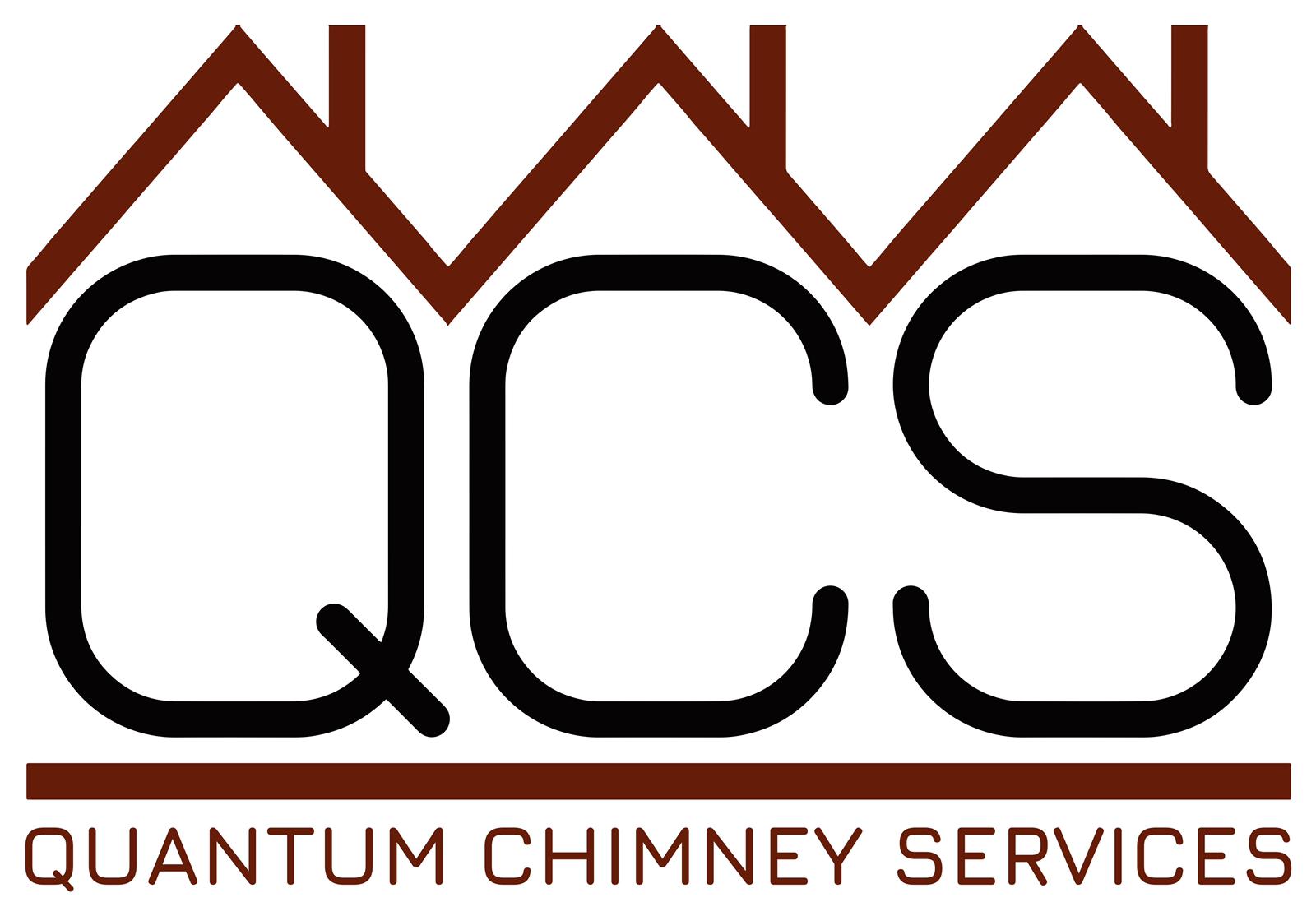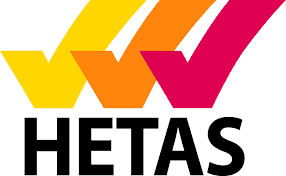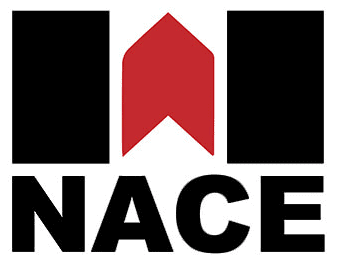Landlord Solid Fuel Safety Inspection

Quantum Chimney Services Ltd were instructed to undertake a CCTV chimney inspection as part of a landlord solid fuel safety inspection, of a wood burning stove and flue system that had been installed over 10 years ago in The Castle Inn, a popular country pub in then picturesque village of Corfe Castle.
The reason for the instruction was that the landlords wanted to ensure that as the appliance was in a public building, the safety of their customers was not at risk due to any unforeseen issues with the appliance or flue system which is used on a daily basis.
No prior issues had been observed with the installation and regular maintenance and cleaning of the flue shaft had been undertaken with the associated documentation made available.

The appliance itself was a Clearview 650, connected to a 175mm internal diameter stainless steel flue lining system. It was observed that the appliance is positioned in a large inglenook on a raised brick hearth, set upon a solid stone floor. It was noted that the raised hearth would not meet current regulations regarding minimum hearth dimensions and this information was provided to the landlords.
Iron gates have been installed across the front of the opening to prevent members of the public coming into contact with the appliance or flue system when in use and signs clearly stated that only members of staff were to operate the appliance. Its not often we find fireguard or bespoke made gates across a fire opening in a public building, but it is certainly a fantastic way of minimising the risk to members of the public.
One issue of concern that was observed before the physical CCTV inspection began, was that while a carbon monoxide alarm was present, it was merely placed within the inglenook, not fixed in position and located in an appropriate place. Although often regarded as a minor infringement of the building regulations and commonly overlooked, the building regulations clearly define the need to fix a carbon monoxide alarm in position, within set parameters. The dangers of carbon monoxide poisoning cannot be overstated enough. For more information on the dangers of carbon monoxide poisoning, please read our article ‘carbon monoxide poisoning; the silent killer’.

Once all non-intrusive safety observations have been undertaken of a solid fuel installation, only then will we move onto the physical act of passing a CCTV camera through the height of the flue shaft.
The CCTV camera is connected to bare sweeping rods then passed into the flue shaft through the appliance itself.
Although in this instance it was evident that the appliance has been in regular use, observed through the build-up of loose debris to the flue wall in the lower half of the lining system, no ruptures or perforations of the flue wall were observed.
The only damage observed was at the very top of the flue shaft, which was installed through to the top of the chimney pot as would be expected, where part of the flexible lining system was clearly damaged. It was stated to us on site that the cowl, a non-mandatory requirement, had blown off in recent storms, but it was not possible to determine whether the lining system had been supported by way of a pot-hanging cowl or through a top plate and clamp arrangement.
-
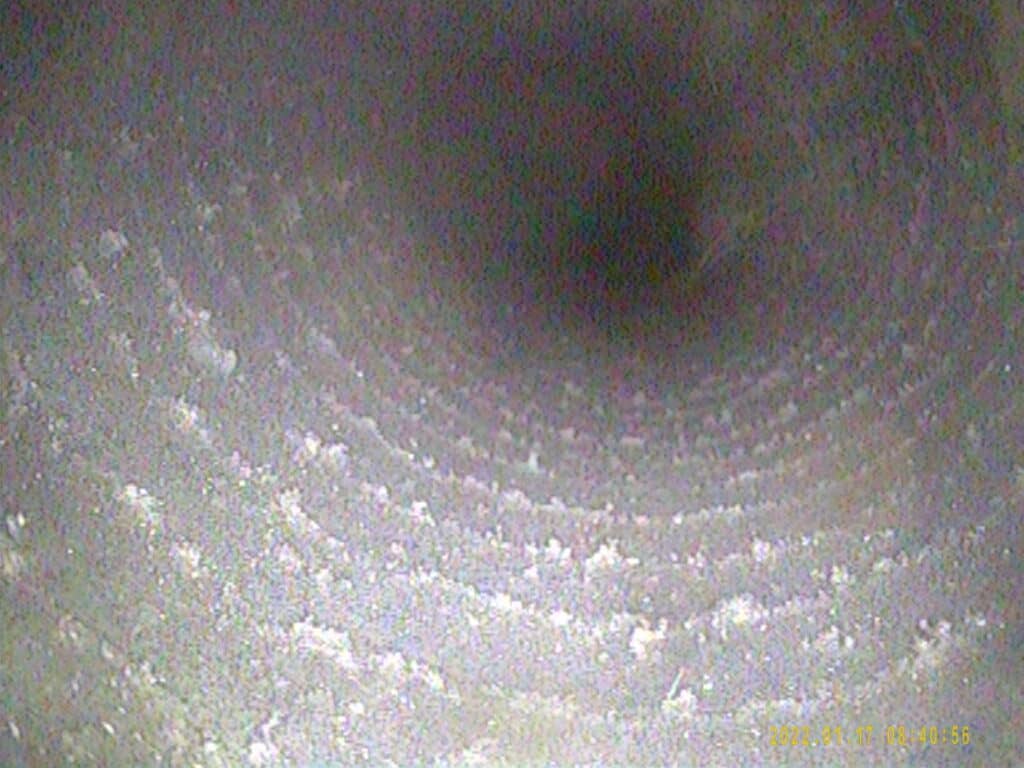
Debris on flue wall -
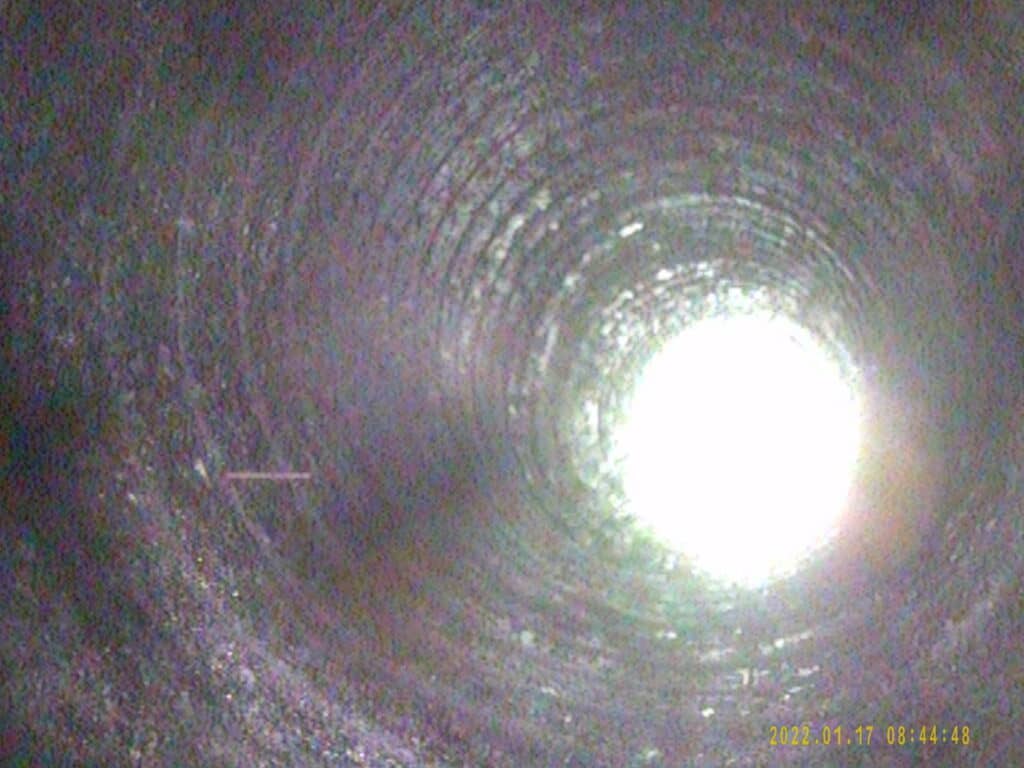
Top of flue shaft -
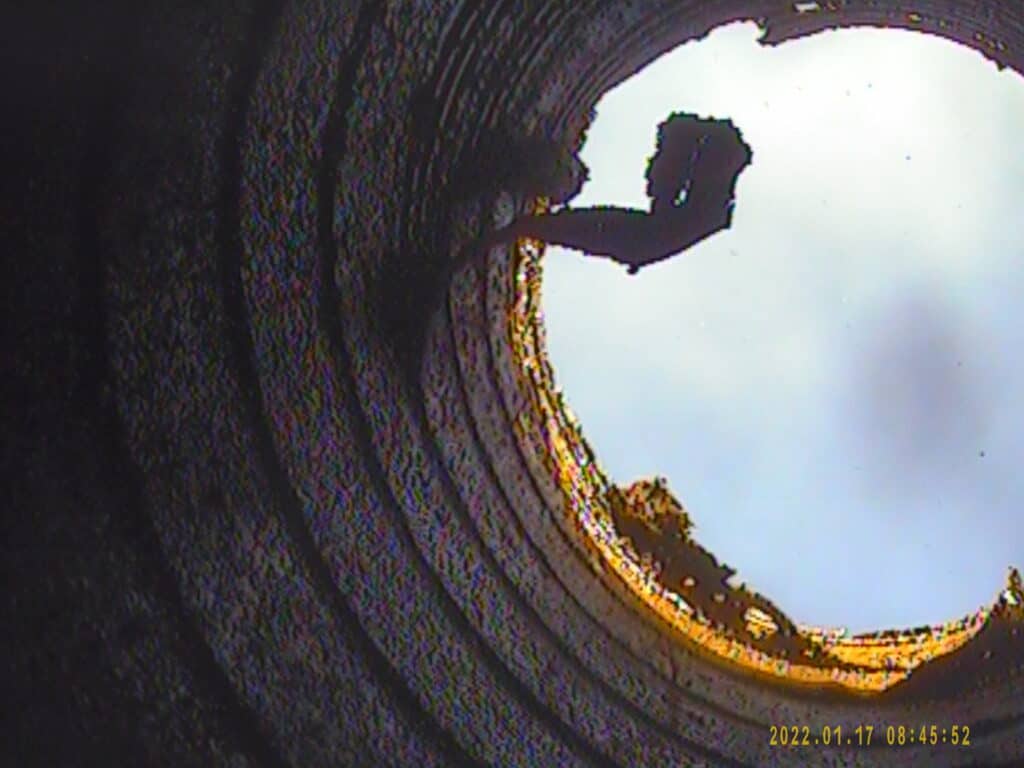
Damage to top of flue lining system
Summary
Our reason for choosing this particular landlord solid fuel safety inspection as a case study is that it highlights that a responsible landlord will take actions to prevent issues that could result in harm to persons or damage to a property occurring. All to often we are called to undertake such inspections and assessments once a problem has occurred, potentially with life changing consequences. It was therefore reassuring to be engaged by a landlord seeking to mitigate risk to his property or patrons by seeking professional opinion and advice. Despite the fact no major defects were observed, the misplacement and positioning of the carbon monoxide alarm could have serious consequences and is just as integral part of the safety of any installation as the flue system and appliance itself, hence its specific inclusion as part of the building regulations regarding solid fuel. There were many other factors taken into consideration during our inspection, as there are with all our CCTV chimney inspections such as ventilation requirements or proximity of extractor units to mention a few. Inspections are not solely focused on the physical components that form part of the appliance, chimney and flue system, all surrounding factors that can influence safe working and operation of an appliance must be considered. Our consideration of all these ‘external’ factors are what we believe allows Quantum Chimney Services to provide such a high level of service to its clientele.
If you have any questions or queries raised by the above case study, or would like to enquire as to having a safety inspection undertaken for a property you care for, please do not hesitate to contact us.
